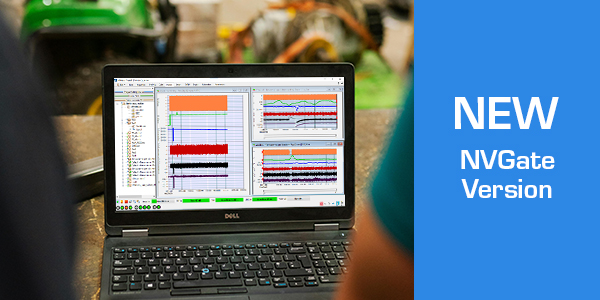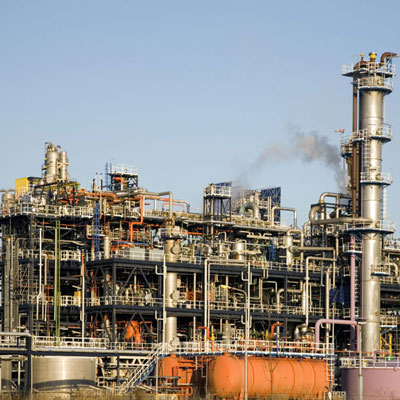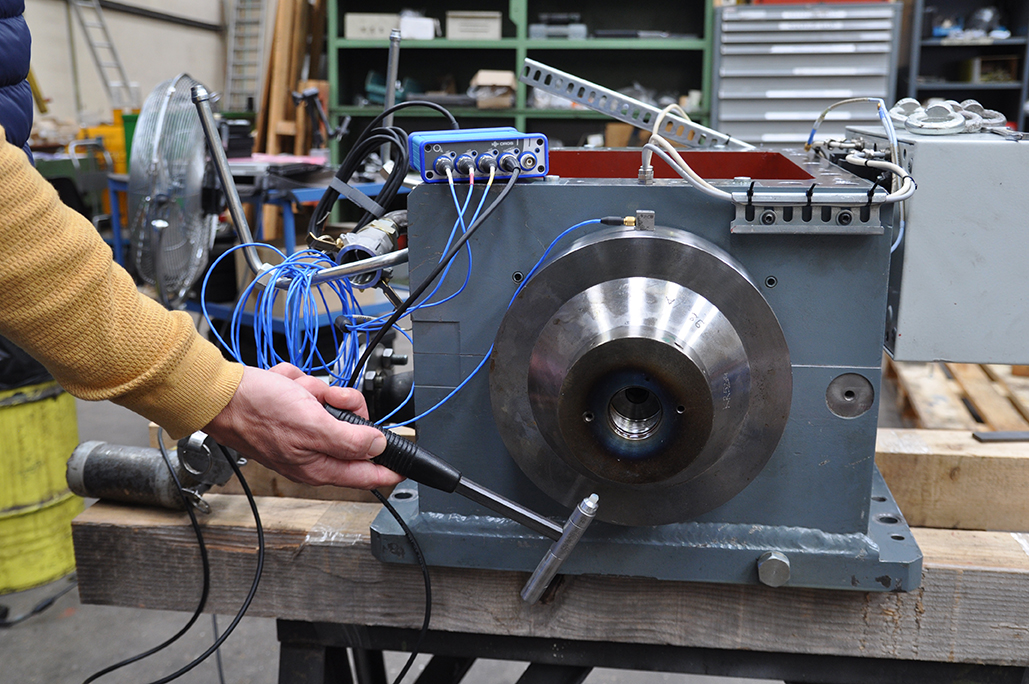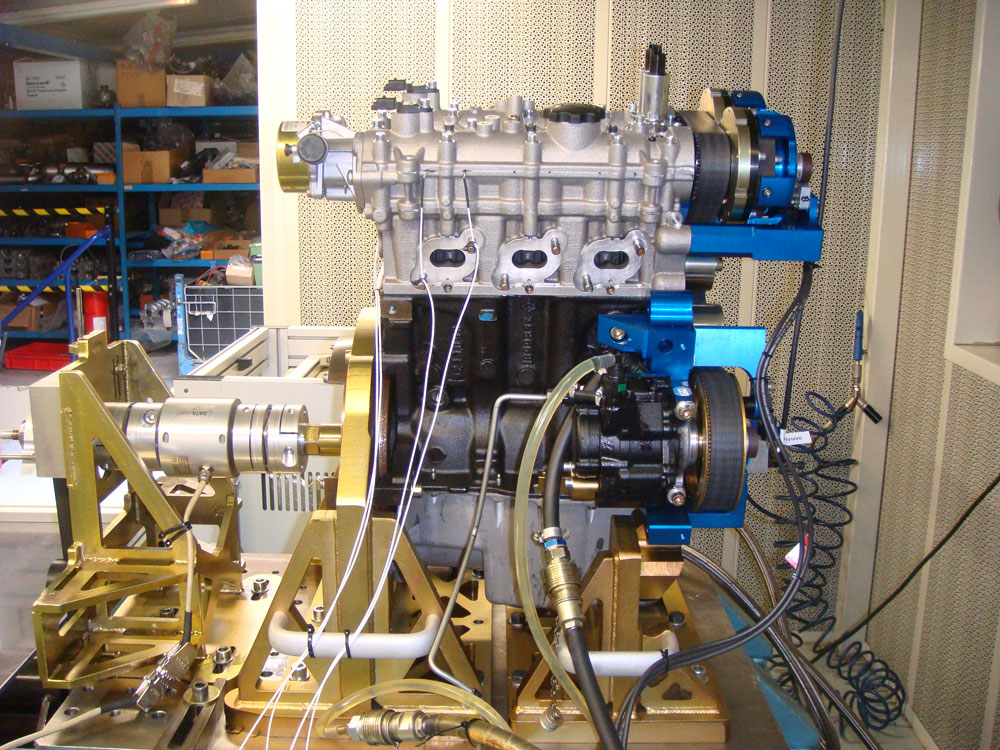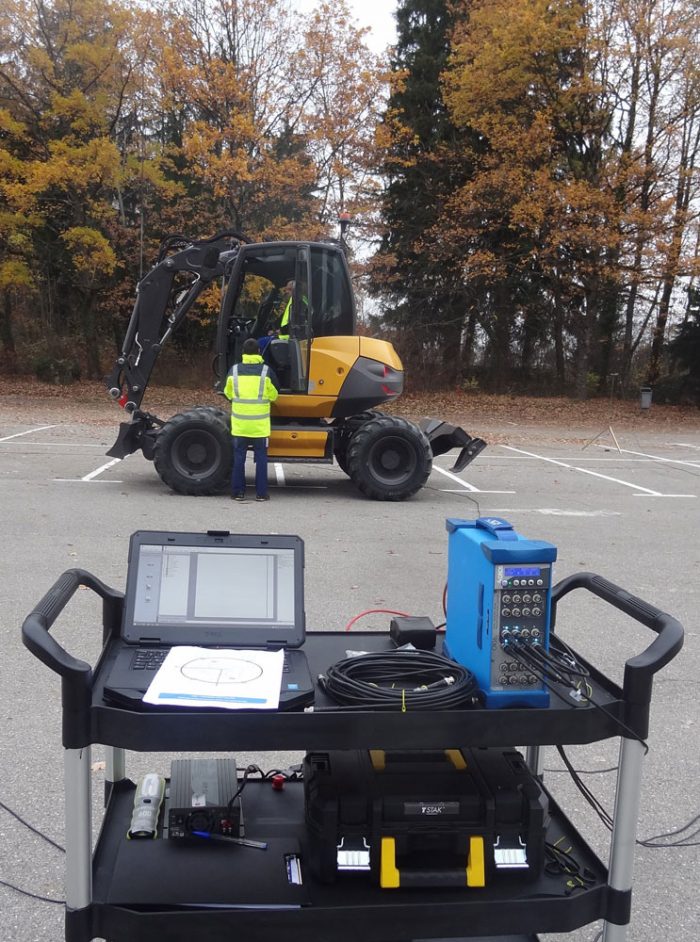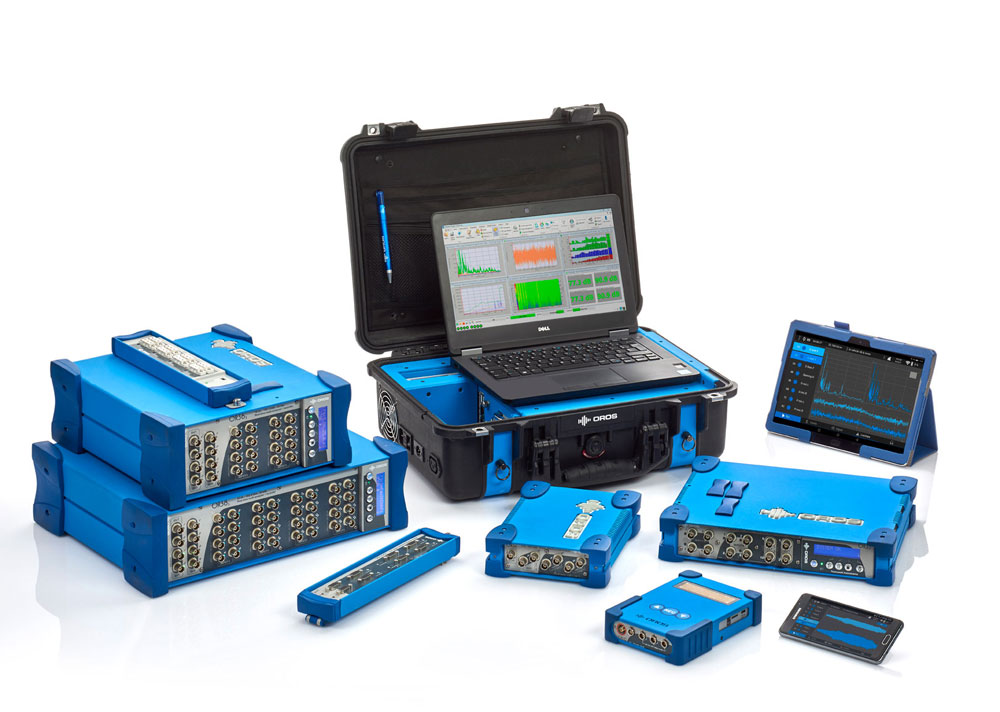
Automotive
A portable, flexible and accurate testing system designed for vehicles, engines and components NVH
Automotive noise and vibration is a major concern for everyone: driver, passenger, and bystander. Excessive amounts of noise and/or vibration harshness (NVH) can lead to poor product perception and influence sales.
OROS systems are used to obtain an effective evaluation of vibro-acoustic phenomena. The final aim is to improve the comfort of vehicles as well as their durability and performance. OROS proposes a wide range of analysis solutions covering covers data acquisition, structural dynamics, acoustics and rotating applications and related services.
Rotating Analysis
Gear Analysis
Signatures coming from gear box vibrations have a high frequency content. A first step is to analyze them using the standard FFT analysis. One can get furtherwith tools such as cepstrum, kurtosis and harmonic markers provided by the OROS FFT-Diagnostics tool.
The Constant Band Tracking function is also especially useful for looking at order profiles during run-ups and run-downs of the transmission train.
Torsional Analysis
The OROS torsional module corresponds to a frequency to voltage converter that transforms a pulse train signal into a varying rotating speed value. This is a common cause for vibration in engines. A typical display is the varying angular velocity profile versus time. The rotating speed value signal can be analyzed: torsional modes can be deduced. Provided signals can also be processed with the Synchronous Order Analysis (SOA) module to give order tracking profiles.
Hybrid Transmission
Classical or hybrid transmissions are some of the major source of vibration in the drive train. Nowadays, CVT (Continously Variable Transmission) transmissions integrate a flexible transmission belt that allows an infinite number of transmission ratios. In order to carry order tracking, phase reference and rotating speed determination, the transmission ratio is based on a mathematical formula based on 2 tachometer’s inputs.
Balancing
Balancing is a common application in particular for crankshaft that is often carried out during production. The OROS Balancing module enables to balance quickly and accurately. The synchronous order analysis can be controlled by NVDrive for integration into automatic balancing machines.
Structural Dynamics
Coupling Analysis
Absorbing and damping mounts are the components through which the vibration energy is transmitted between the engine and the rest of the vehicle: their properties dimensions and positions are key and should be determined with care. The techniques used are cross spectrum, transfer functions, damping, as well as ODS (operating Deflection Shape).
Modal & Experimental Analysis
Modal Analysis is one of the key step when testing component prototypes: it will determine their structural characteristics and so, will define how they will react to operating excitations. Shaker or impact hammer excitations can be used to capture the experimental datasets: the final stage is the actual OROS Modal analysis.
Noise Analysis
Sound Power
Sound Power is a key acoustical value to be determined for vehicles and various automotive components such as alternators and motors. For qualification and production testing, the most common procedure uses microphones and is based on sound pressure level acquisition (ISO 374x) in a free or diffuse sound field. For portable applications, sound intensity is preferably used to determine sound power. It is based upon measurements at discrete points (ISO 9614-1) or via a surface scanning (ISO 9614-2). In this case, a sound intensity probe is used.
Source Localization
During the NVH process, the acoustical specialist is often driven by improving the understanding and control of his product noise emission. Standard 1/3 octave analysis can be used as a first step. The Sound intensity acquisition at discrete points allows going one step further, drawing a colored noise map and acoustic iso lines.
Sound Quality
The feeling perceived when listening to a sound is a key in the quality evaluation of a product. In particular, in the automotive industry, the Sound Quality of a vehicle and its sub-components is carefully evaluated. In that process, both subjective and objective approaches are typically undertaken. For that, after in-vehicle signal acquisition, the analyst goes through pyschoacoustic parameters evaluation as well as sound design with filtered playback of signals. In that process, jury testing is typically organized and a correlation with the objective calculations processed.
Transfer Path Analysis
In automotive and railway applications, in order to reduce and control noise emission for passengers, sources and especially their Transfer Paths contributions should be evaluated. This process requires an experimental approach to determine the frequency transfer relationship between sources, attached structures and the final target represented by the passenger. Then, it is followed by a specific Transfer Path Analysis, typically referred as TPA, to finally issue the contributions

EV/HEV
Electric markers e-NVH excitations are spot right away (PWM, slotting…)
Spatiogram a unique tool to quickly quantify the contribution of different e-NVH excitation wavenumbers to vibrations
Sound design listen and playback the motor noise separating and designing the various sources
Data Acquisition
In-Vehicle Recording
The different components installed in a vehicle are tested on the road to validate their integration in the vehicle (brakes, tires, turbocharger etc …). It requires a portable, rugged and easy recording system with a CAN bus interface. PC free recording is especially very useful for the toughest conditions (D-rec, Direct Recording)
Fatigue Test
Drive train and transmission components are submitted to high static and dynamic stress that create fatigue in the long term. During the prototype development and validation process, strain gauges are used to determine these parameters. They are also determined in combination with other parameters such as acceleration or rotating speed: having a way such as XPods, plug and play signal conditioning, to do that is essential.
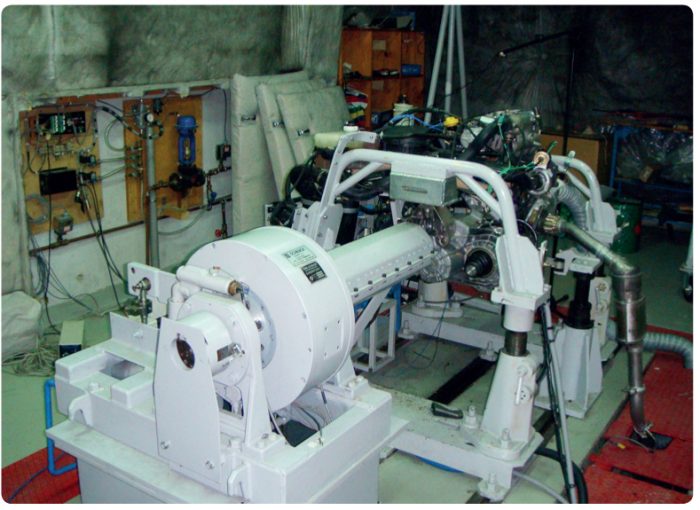
Laboratory
- Component specification
- Engine R&D
- Subsystems NVH
- Sound power
- Continuously Variable Transmission (CVT)
- Vehicles structures
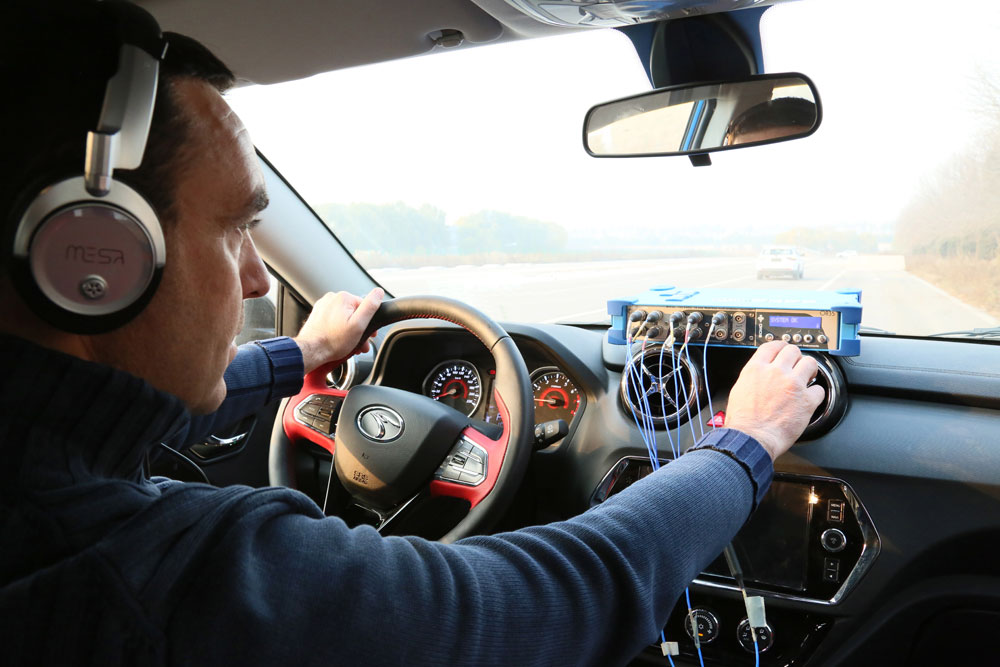
In-Vehicle Test
- Prototype validation
- Component in-vehicle integration
- Cabin noise and acoustic comfort
- Interior NVH
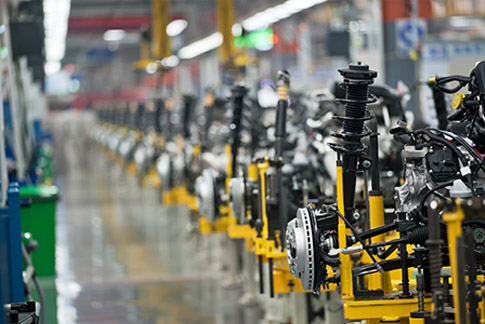
Production Test
- Test bench maintenance
- End of line test
- Quality check
- Test bench integration with NVDrive
- Balancing
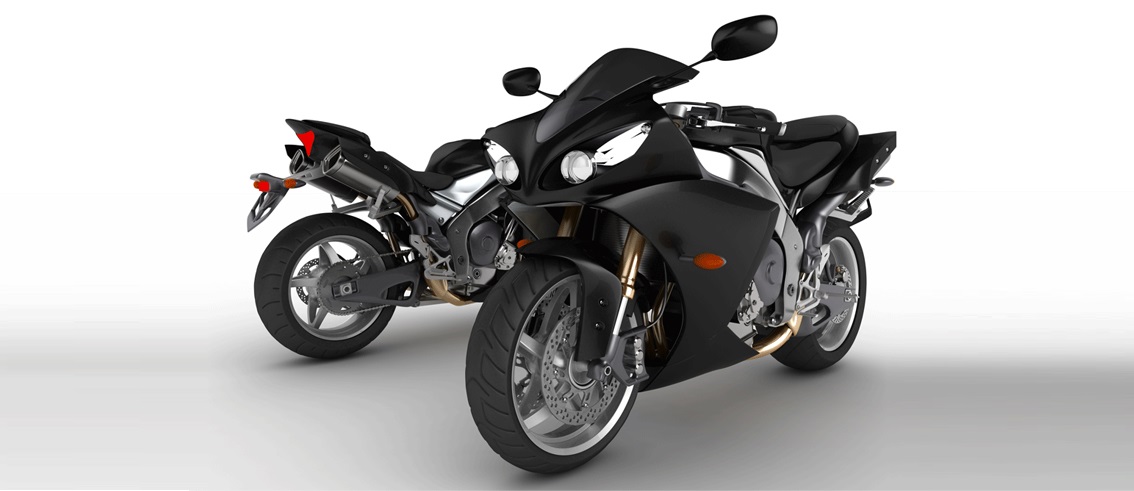
Vehicles
- Automotive
- Motorcycles
- Trucks & buses
- Industrial vehicles
- Leisure vehicles
- Earth moving vehicles
- Trains
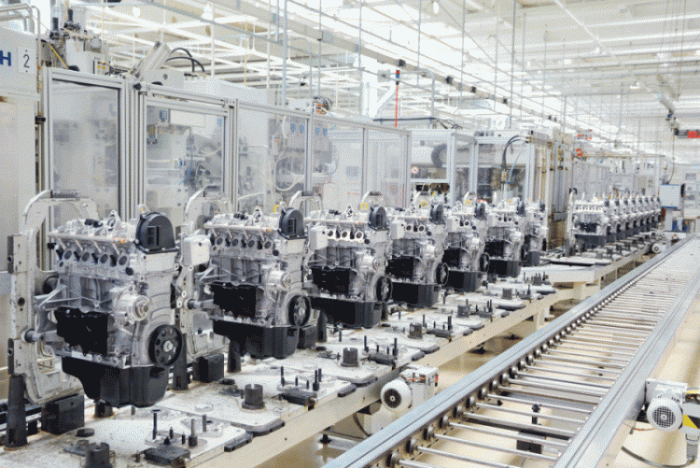
Engines
- Downsizing
- Hybrid
- Timing
- Crankshaft
- Diesel
- EV/HEV
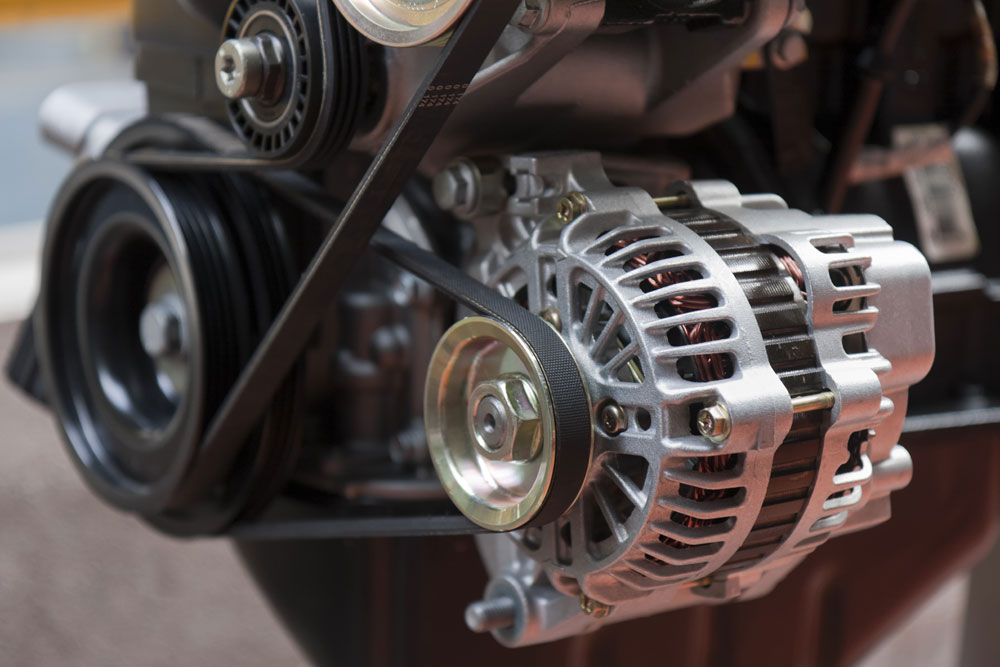
Components
- Hybrid drivetrain
- Turbochargers
- Transmissions
- Steerings
- Brakes
- Gear boxes
- Alternators
- Compressors
- Electric motors
- Exhausts
- Tires
- Rubber components
- Continuous variable
- Transmissions (CVT)
EV / HEV NVH Solution
NVH assessment and optimization of EVs and HEVs
Electrical and hybrid vehicles development open a new field of noise and vibration challenges. First, a quieter cabin environment, relieved from the ICE noise, let new sources emerge. Those sources often generate low sound levels but with unworked sound design, providing consequently a poor sound experience for the passenger. On its side, the main propulsion motor plays a major role in the overall sound: its vibroacoustic behavior can be assessed and improved using the appropriate technology. Globally, E-NVH requires a wide scope of dedicated skills and high-end tools: from simulation to testing. Know more about EV / HEV solutions.
